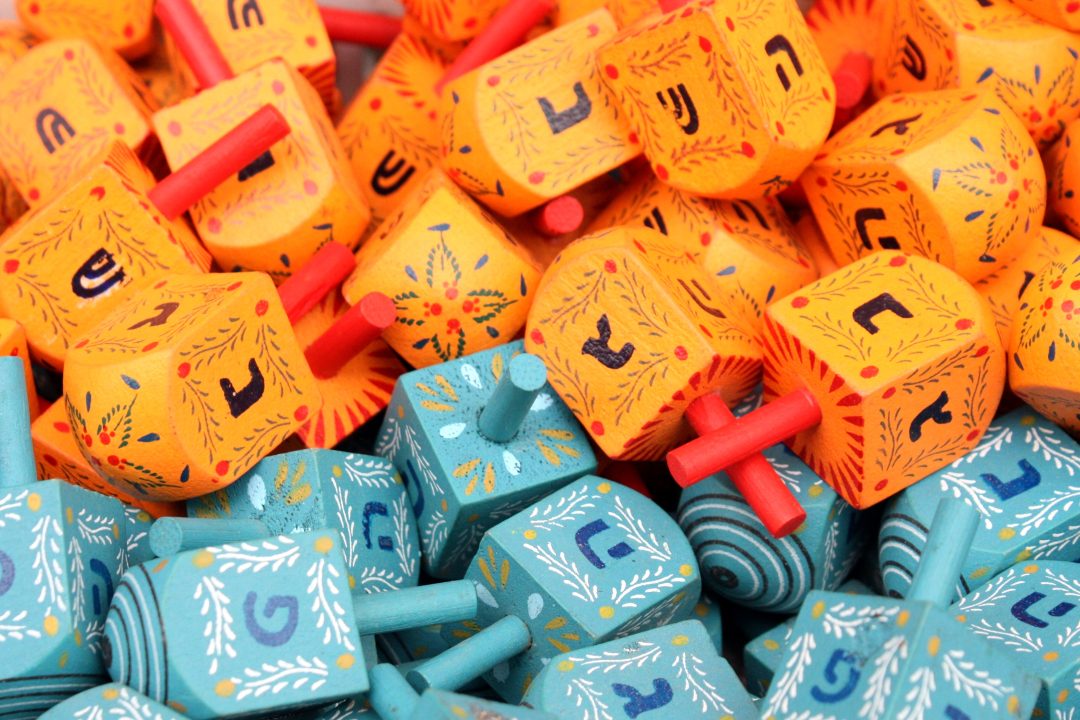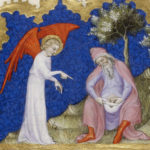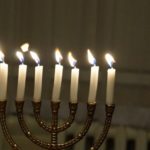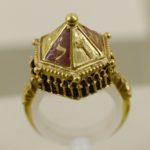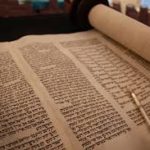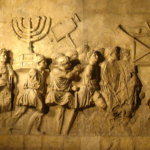In every tradition there is an interpretation that resonates deep within our souls. The tradition of the menorah is one of those. No one shares the same belief or interpretation of events that we call history. A. Alan Steinbach wrote an article, “Eight Golden Hanukkah Lights”. His words are profound and capture the spirit of Hanukkah and the menorah, “Eight slender Hanukkah lights in our menorah – how tiny, how fragile they appear! And yet, what a trenchant message we read in their quivering light. With rapt fascination we look beyond the flickering flame…when aged Mattathias’s battle cry…’All who are for the Lord, follow me.'”
Hanukkah Traditions:
Menorah
Each night for eight days the menorah is lighted. It tells the story of how Judah Maccabee fought a powerful enemy and win. The Greeks destroyed and defiled the Temple in Jerusalem. He and his fellow Maccabeans cleaned and cleansed the Temple.
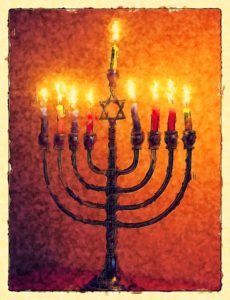 They wanted to rededicate it and discovered, to their dismay, there was only one vial of oil. It would take eight days to purify enough oil for light. The miracle happened. The one night vial of oil kept burning through eight days until the new supply was ready!
They wanted to rededicate it and discovered, to their dismay, there was only one vial of oil. It would take eight days to purify enough oil for light. The miracle happened. The one night vial of oil kept burning through eight days until the new supply was ready!
The Scroll of the Hasmoneans read during Hanukkah because it tells the story of Hanukkah and the lighting of the candles.
Food
Dairy products served in honor of Judith who killed the evil Holofernes and saved the town of Balthia. The other foods of Hanukkah are dependent upon the territory people live. The traditional Latkes, known throughout the world, are made in different ways. Potato latkes (pancakes) are the favorite in the United States and are served with apple sauce or sour cream. Goose is another favorite of Hanukkah. No matter what is served, it should be fried or cooked in oil to celebrate the miracle of the festival.
Games
It was only during Hanukkah the people played cards and gamble. One popular game was Dreidel. It has four sides, with Hebrew letters on all four sides: Nun, Gimmel, He, Shin. These letters were the first letters of “Nes Goldol Hoyow Shom” translated to “a great miracle occurred here.” They played for gelt (chocolate coins or real money for the adults). The noble letters that made the saying were not used that way. Instead, it meant, Gimmel – all the money goes to the winner. He stood for “half” and the winner received only half the money. Nun meant “nothing” and the player received nothing. Shin meant that the player had to add money to the pot.

